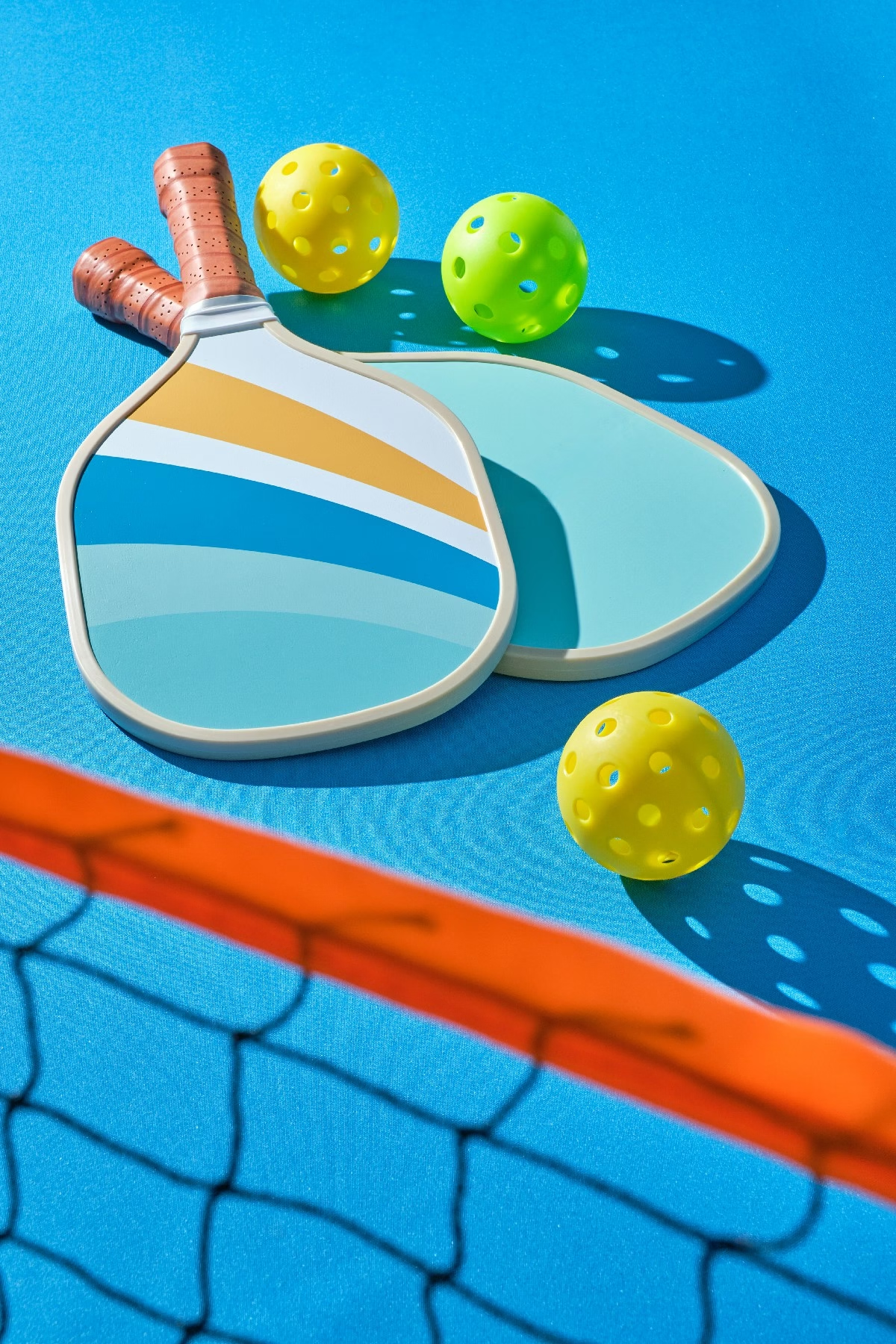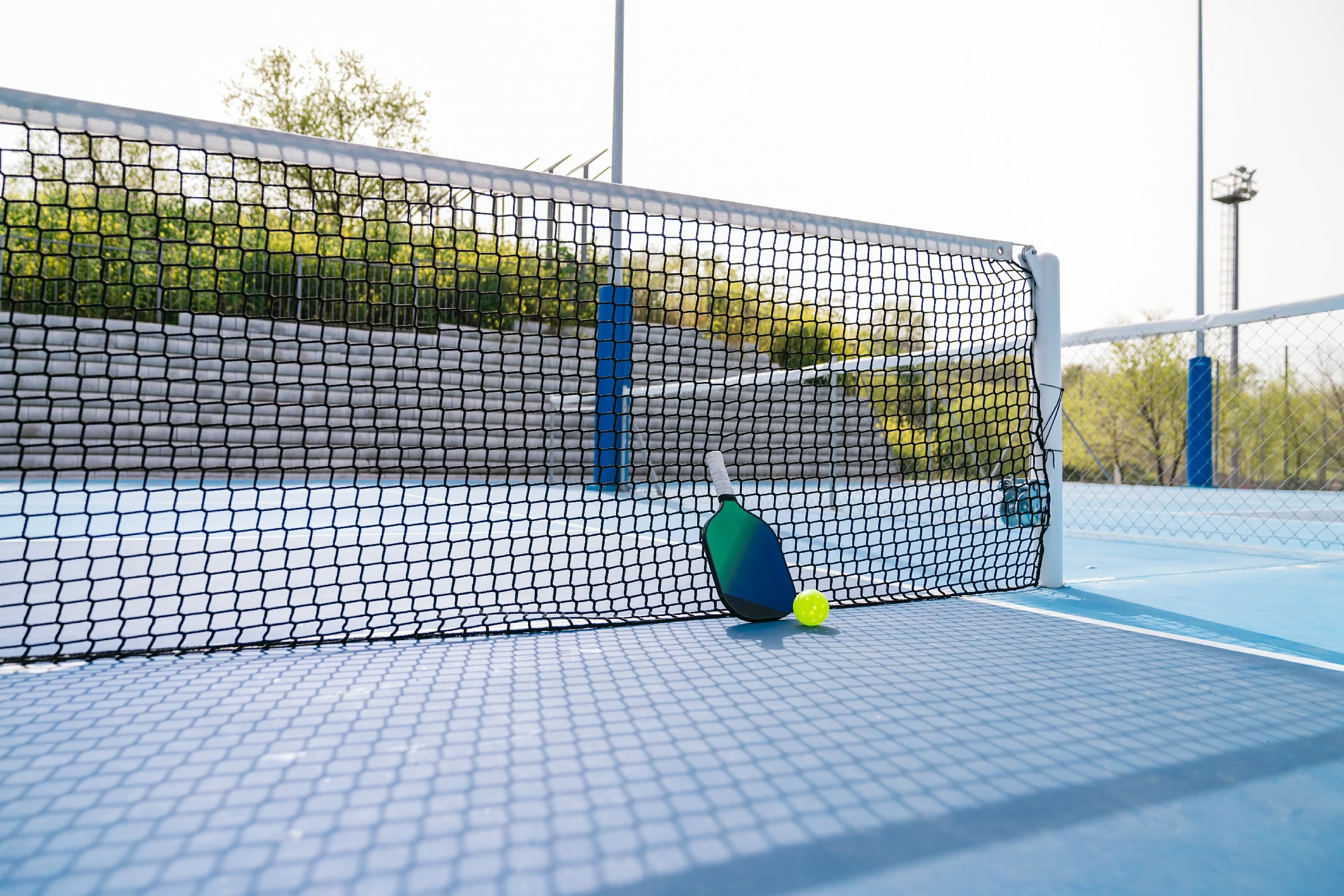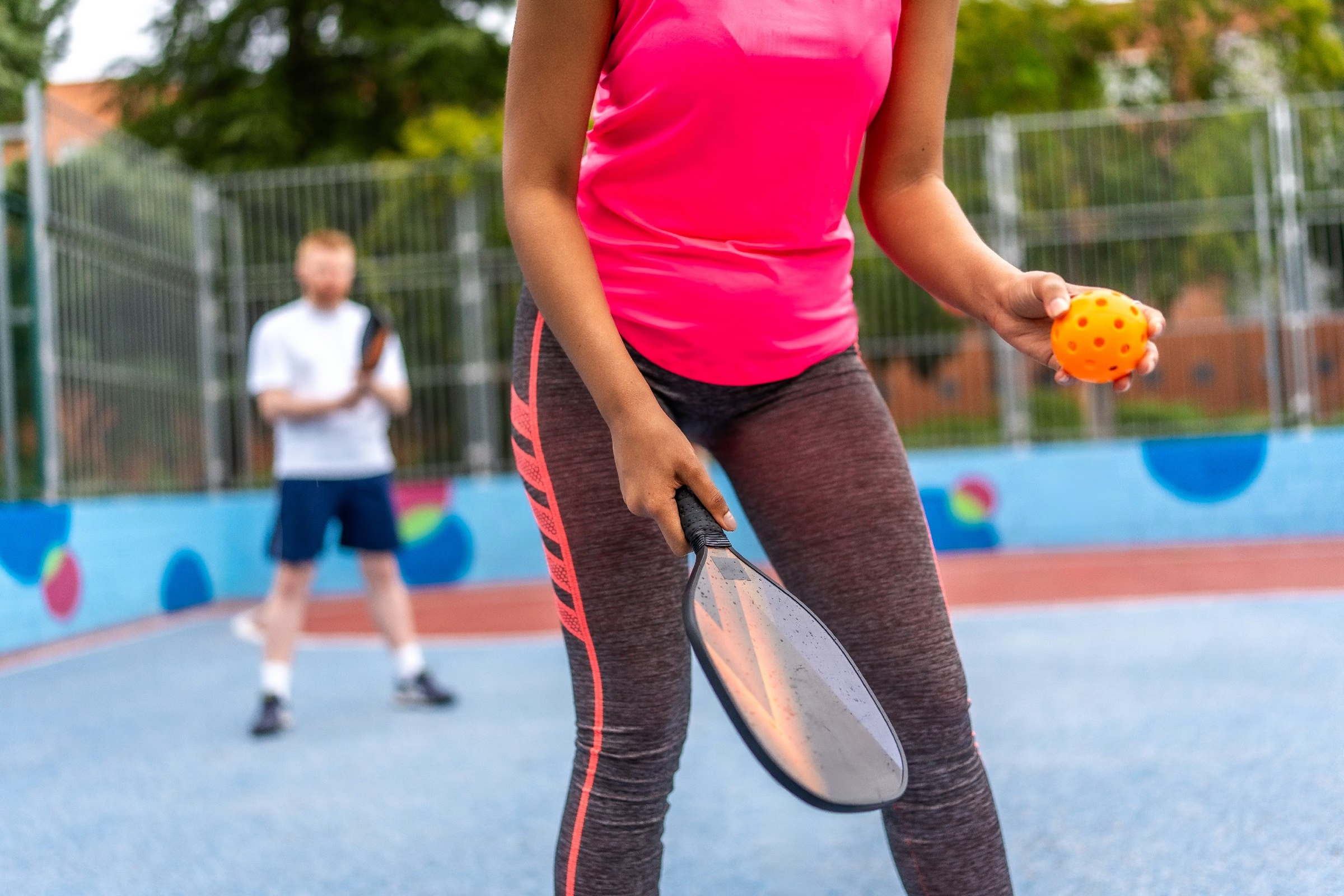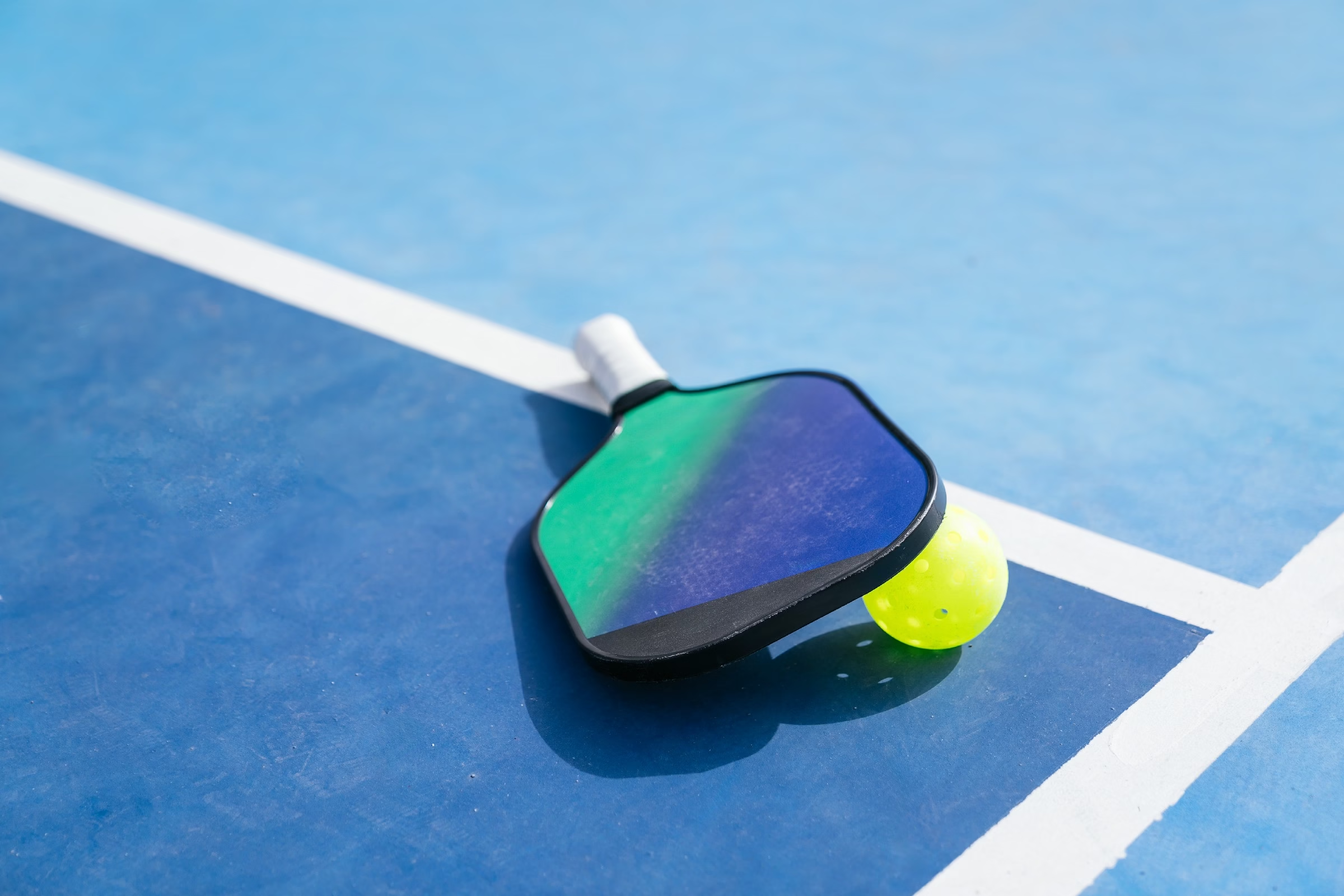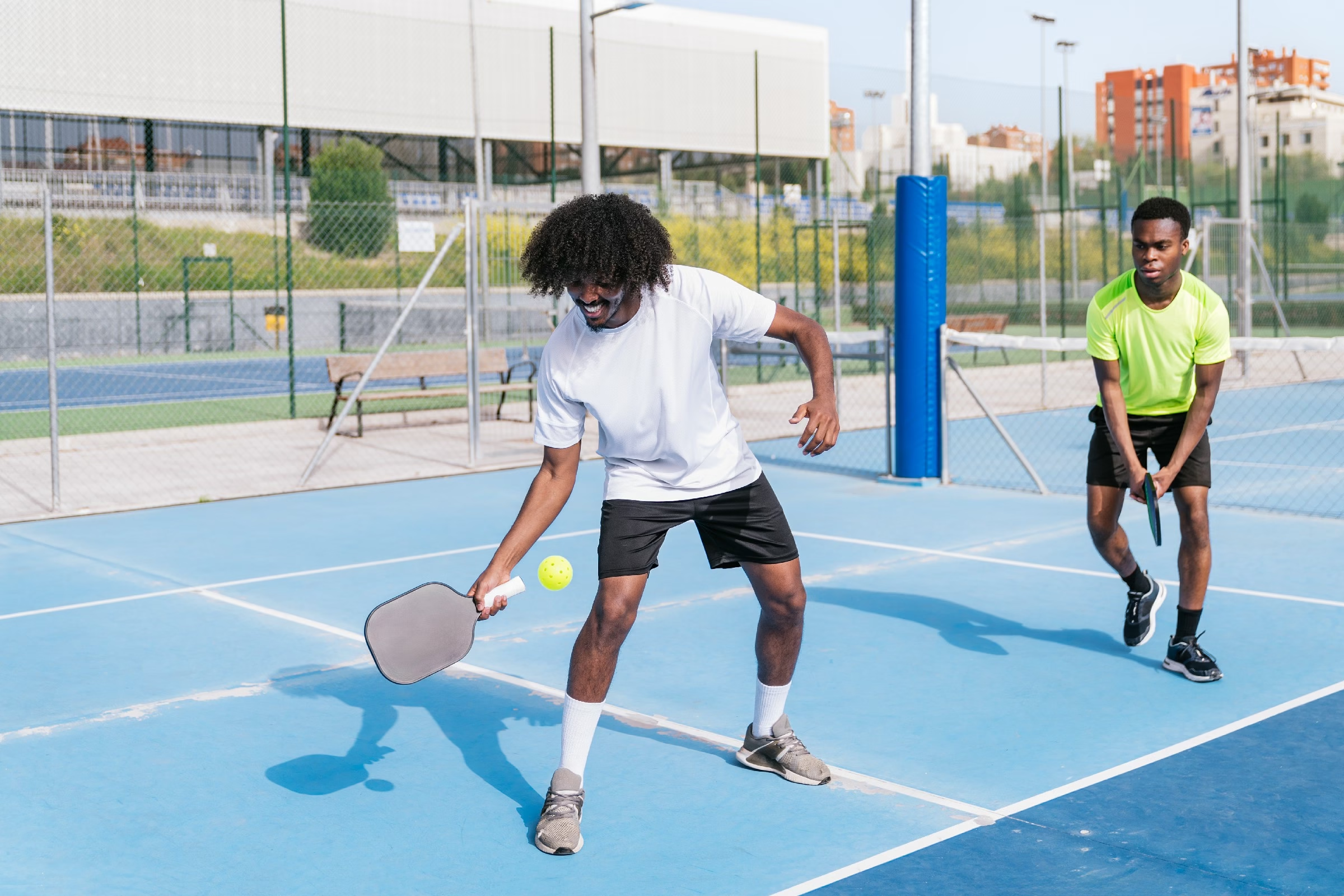Blog
how big are pickleball paddles
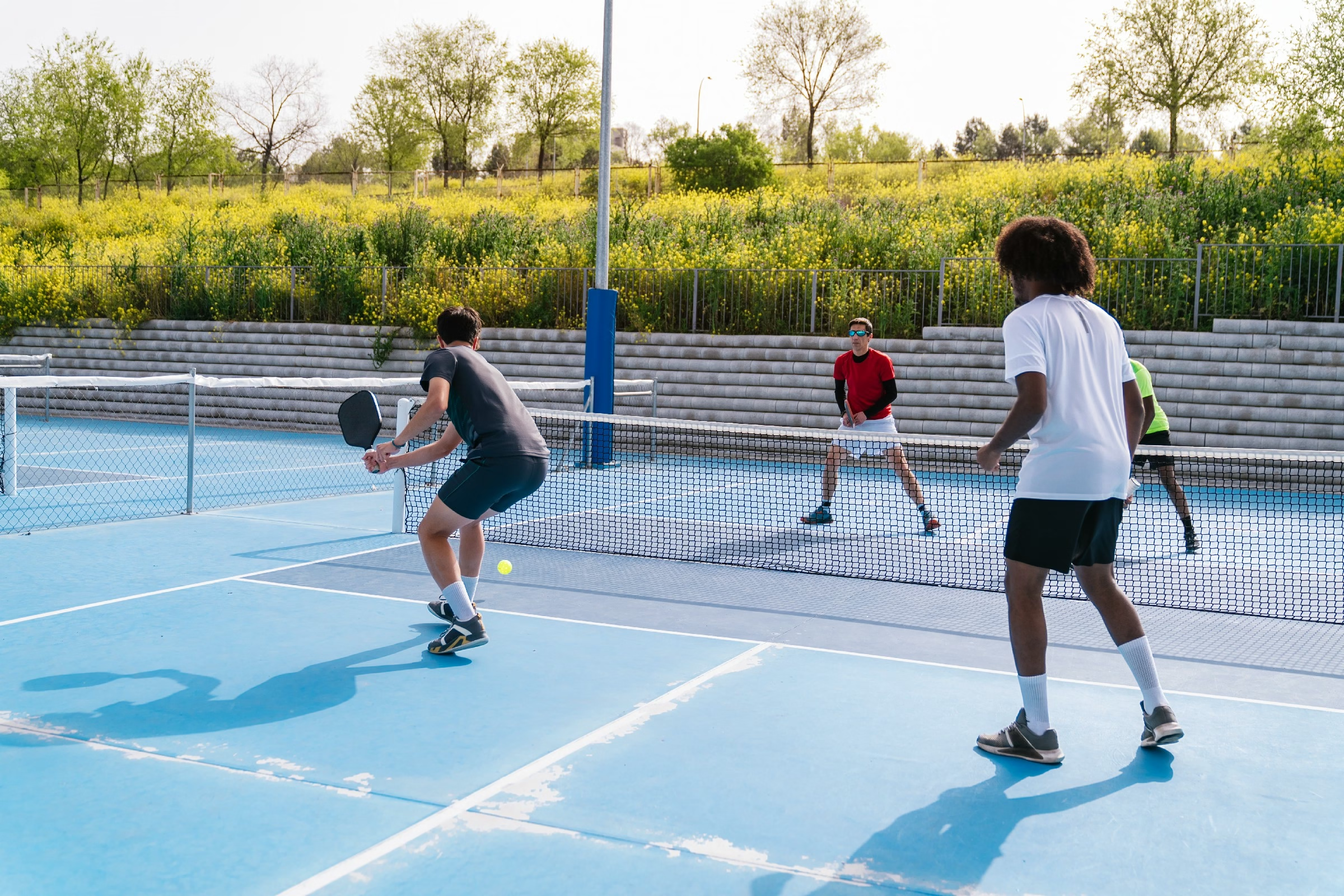
In the vibrant world of pickleball, where strategy meets fun, one question frequently enough floats to the surface: how big are pickleball paddles? These essential tools, designed to deliver precision and power with every swing, come in a variety of shapes and sizes. As the sport continues to gain popularity among players of all ages and skill levels, understanding the dimensions of paddles can substantially impact your game. Join us as we delve into the specifics of pickleball paddle sizes, exploring the standards, variations, and how the right fit can elevate your play on the court. Get ready to discover the secrets behind the paddle that can make all the difference in this exhilarating game!
Table of Contents
- Understanding Standard Dimensions of Pickleball Paddles
- Exploring Variations in Paddle Size and Shape
- The Impact of Paddle Size on Performance and Playability
- Choosing the Right paddle Size for Your Skill Level
- Balancing Weight and Size for Optimal Control
- Recommendations for Selecting Your Ideal Pickleball Paddle
- Q&A
- In Retrospect
understanding Standard dimensions of Pickleball Paddles
When diving into the world of pickleball, understanding the dimensions of paddles is crucial. While there is a range of sizes available, most paddles fall within specific standard dimensions. The width of a paddle generally varies from 7.5 to 8.5 inches, ensuring it can meet the demands of players looking for both control and power in their game. Additionally, the overall length typically ranges from 15.5 to 17 inches. This size variety allows players to choose paddles that cater to their unique playing styles, weather they prefer a lightweight paddle for increased maneuverability or a broader surface for improved striking surface.
Another essential aspect to consider is the thickness of the paddle, which generally varies between 0.5 to 0.75 inches. Thicker paddles often provide more power but can reduce control and feel, while thinner paddles tend to offer superior touch and responsiveness. Players should also take into account the grip size, which can affect how comfortably a player can hold the paddle during intense rallies.Standard grip sizes usually range from 4 to 4.5 inches in circumference, with manny paddles featuring cushion grips to enhance comfort and reduce the risk of slippage during play.
Here’s a simple comparison table that highlights the primary dimensions for standard pickleball paddles:
| Dimension | Standard Range |
|---|---|
| Width | 7.5 – 8.5 inches |
| Length | 15.5 – 17 inches |
| Thickness | 0.5 – 0.75 inches |
| Grip size | 4 – 4.5 inches |
Ultimately,the right dimensions for a pickleball paddle are highly subjective and depend on individual player preferences. New players may benefit from experimenting with different sizes to discover what feels most comfortable and effective for their playing style. Whether opting for a larger surface for power or a smaller, more maneuverable paddle for decreased weight, each choice greatly impacts overall performance on the court.
Exploring Variations in Paddle Size and Shape
When it comes to pickleball paddles, size and shape significantly influence gameplay. Players frequently enough experiment with different dimensions to find what suits their playing style, impacting everything from power and control to precision. The typical width of a pickleball paddle ranges from 7 to 8.5 inches, with lengths generally falling between 15 to 17 inches. This variety allows players to choose paddles that best match their unique playing preferences, whether they prioritize a larger sweet spot or a more maneuverable design.
The thickness of the paddle also varies, contributing to how they handle ball speed and rebound. Most paddles fall into a thickness range of 0.5 to 1 inch. Thinner paddles tend to offer more control, while thicker paddles provide increased power and a larger sweet spot. To give a clearer viewpoint on paddle types and their performance characteristics, here’s a simple overview:
| Type of Paddle | Thickness (inches) | Ideal for |
|---|---|---|
| Lightweight | 0.5 – 0.7 | Control & precision |
| Medium Weight | 0.7 – 0.9 | Balanced Play |
| Heavyweight | 0.9 – 1.0 | Power & Reach |
In addition to customary shapes, some paddles come with specialized designs that can enhance certain aspects of play. Wide-body paddles offer increased surface area, making it easier to hit balls that are off-center. Conversely, elongated paddles provide greater reach, which can be particularly advantageous for players who often find themselves defending against powerful shots. Ultimately, the choice of paddle shape and size can tailor a player’s experience on the court, leading to a more enjoyable and competitive game.
The Impact of Paddle Size on Performance and Playability
The size of a pickleball paddle plays a crucial role in shaping a player’s overall performance and experience on the court. When considering paddle dimensions, players frequently enough focus on the width and length, which can significantly affect control, power, and comfort during play. A larger surface area can offer a greater “sweet spot,” making it easier to hit the ball with accuracy, while a smaller paddle might require more precision but provides enhanced maneuverability. As players refine their skills and develop their personal style, the right paddle size can contribute significantly to their ability to respond to fast-paced game dynamics.
Choosing the appropriate paddle size can also influence a player’s strategy and playability. For instance, paddles with a wider body often allow for more aggressive shots, especially for players who favor a powerful baseline game. Conversely, narrower paddles can benefit those who prioritize finesse and rapid net play, allowing for swift reactions and delicate touches. Understanding the range of paddle sizes available—typically from 7 to 8.5 inches wide—enables players to make an informed decision based on their preferred style of play.
Consider the following aspects when evaluating paddle size:
- Sweet Spot: A larger paddle generally provides a larger sweet spot, which is advantageous for beginners.
- Handling: Smaller paddles promote better handling, making it easier to perform quick volleys and strategic maneuvers.
- Stability: Heavier and larger paddles can lead to greater stability during powerful strikes.
For a better understanding, the table below summarizes the key characteristics associated with different paddle sizes:
| Paddle Size | Characteristics |
|---|---|
| 7-7.5 inches | Enhanced control and maneuverability |
| 7.5-8 inches | Balanced power and precision |
| 8-8.5 inches | Larger sweet spot, more forgiving |
Choosing the Right Paddle Size for Your Skill Level
When it comes to selecting the perfect pickleball paddle, your skill level plays a crucial role in determining the ideal size. For beginners, smaller paddles, typically around 7.5 to 8.5 ounces, are recommended. This lighter weight allows for better maneuverability and control, enabling new players to develop essential techniques without feeling overwhelmed. Sturdier paddles, weighing between 8.5 and 9.5 ounces, offer more power, but they can also demand a higher level of skill and strength to handle effectively.
Intermediate players may benefit from paddles that fall within the middle weight range, about 8 to 9 ounces. This sweet spot provides a balance between power and control, making it easier to execute various shots. Additionally, these paddles often feature a larger sweet spot, which is beneficial for players still mastering their skills. As players progress, investing in a paddle with a wider face can significantly enhance their game, allowing them to hit the ball with greater precision and confidence.
Advanced players typically gravitate towards heavier paddles, generally weighing between 9 and 10 ounces. This added weight translates to greater power for smashing the ball and delivering strong serves. However,a heavier paddle may require more strength,so it’s crucial for players to ensure they can handle the rigors of more strenuous gameplay. Here’s a quick comparison of paddle characteristics based on skill levels:
| Skill Level | Weight Range | Recommended Features |
|---|---|---|
| Beginner | 7.5 – 8.5 oz | Lightweight, good control |
| Intermediate | 8 – 9 oz | Balance between power and control |
| Advanced | 9 – 10 oz | Heavyweight for strong shots |
Balancing Weight and Size for Optimal Control
Achieving the ideal balance between weight and size is crucial for players aiming to enhance their pickleball performance. A paddle’s weight significantly influences control, power, and maneuverability. Players must consider personal preferences, skill level, and playing style when selecting a paddle, as a heavier paddle offers more power while a lighter one allows for quicker reactions.Typically, paddles range between 6 to 14 ounces. Understanding this weight range helps players identify the best options that suit their unique playstyle.
Equally vital is the size of the paddle, which affects both reach and sweet spot. Standard paddle dimensions vary; most widths fall between 7.5 and 8.5 inches while lengths hover around 15 to 17 inches. A larger paddle face provides a bigger sweet spot, aiding in consistency for beginners, while a smaller, more maneuverable paddle benefits advanced players who can handle precise shots. Striking the right size not only complements the player’s style but also enhances overall game strategy.
| Size Category | Weight Range | Player Type |
|---|---|---|
| Lightweight | 6-8 oz | Beginners/Control Players |
| Medium | 8-10 oz | Intermediate Players |
| Heavyweight | 10-14 oz | Advanced/Power Players |
Taking into account these weight and size factors allows players to discover their optimal paddle configuration, which can lead to improved gameplay.Testing different combinations can reveal personal preferences, helping players become comfortable with their equipment.Ultimately, the right balance will facilitate better control, contributing to a more enjoyable and prosperous pickleball experience.
Recommendations for Selecting Your ideal pickleball Paddle
Choosing the right pickleball paddle can make a important difference in your game.To ensure you find the perfect match,consider the following factors:
- Weight: Paddles typically range from 6 to 14 ounces. Lighter paddles (under 7.5 ounces) allow for quicker reactions, while heavier paddles provide more power.
- Grip Size: The grip size should be comfortable to hold.The standard sizes range from 4” to 4.5” in circumference; a good fit allows for a firm grip without strain.
- Material: Look for paddles made from durable materials like fiberglass or carbon fiber. These materials offer a good balance between performance and longevity.
Next, consider the paddle shape and design. Various shapes can affect your playing style:
- Wide Body: Offers a larger sweet spot, making it suitable for beginners.
- Elongated: Provides more reach and can generate additional power for advanced players.
- Standard: Known for balanced control and versatility, suitable for a range of playing styles.
Lastly, it’s always an excellent idea to test paddles before committing. If possible, join a local club or community where you can experience different options firsthand. Additionally, checking customer reviews can offer insights into the durability and performance of the paddles. Here’s a simplified comparison table to help you visualize the different types of paddles:
| Type | weight (oz) | Sweet Spot | Ideal For |
|---|---|---|---|
| Wide Body | 7 – 8.5 | Large | Beginners |
| Elongated | 7.5 – 9 | Medium | Advanced Players |
| Standard | 6.5 – 8 | Balanced | All Skill Levels |
Q&A
Q&A: How Big Are Pickleball Paddles?
Q1: What are the standard dimensions of a pickleball paddle?
A1: Standard pickleball paddles can vary in size, but the rules set by the USA Pickleball Association indicate that the maximum paddle width is 24 inches (61 cm) and the maximum height is 17 inches (43 cm). Most paddles fall within a range that is about 15.5 to 16.5 inches in length and approximately 7.5 to 8.5 inches in width.
Q2: Why do the dimensions of pickleball paddles matter?
A2: The dimensions of a pickleball paddle significantly impact how the game is played.Larger paddles typically offer a bigger surface area for hitting the ball, making it easier to connect. however, they can be heavier and provide less maneuverability compared to smaller paddles, which are often preferred for their quick handling and agility.
Q3: Are there different sizes of paddles for different playing styles?
A3: Absolutely! paddles come in a variety of sizes and weights to accommodate different playing styles and preferences. For instance,players who favor powerful overhead shots might lean towards larger,heavier paddles for more mass behind their strikes. In contrast, finesse players might prefer lighter, smaller paddles that allow for swift movements and delicate touches.
Q4: How do paddle materials affect their size and performance?
A4: The materials used in making pickleball paddles—such as wood, composite, or carbon fiber—can influence both size and performance. Lighter materials tend to allow for larger paddle designs without adding extra weight, while wooden paddles are often bulkier and heavier. The material chosen will affect not just the size but also how the paddle feels during play and it’s durability over time.
Q5: Is there an ideal paddle size for beginners?
A5: For beginners, a mid-range paddle size is generally recommended. A paddle that’s approximately 15.5 to 16 inches in length and 8 inches in width can strike a balance between power and control, making it versatile for new players still developing their skills. As players become more experienced, they may choose to experiment with different sizes tailored to their individual playing styles.
Q6: How do I choose the right paddle size for my height and reach?
A6: Choosing the right paddle size frequently enough involves considering your height, reach, and personal comfort. Taller players may benefit from longer paddles that allow for greater leverage, while shorter players might find smaller paddles easier to maneuver. It’s best to hold various paddle sizes and see what feels most comfortable in your hand and what complements your natural playing style.
Q7: Are there any special considerations for pickleball paddles used in tournaments?
A7: Yes! Players participating in sanctioned tournaments must adhere to the official paddle size limitations set forth by governing bodies. It’s essential to double-check that your chosen paddle meets these specifications, as using an oversized or improperly constructed paddle can lead to disqualification.
With the growing popularity of pickleball, understanding paddle sizes can enhance both your game and your enjoyment.The right paddle can make all the difference—now you have the tools to find what fits best!
In retrospect
understanding the dimensions of pickleball paddles reveals more than just a measurement; it opens a window into the nuanced world of this rapidly growing sport.Whether you’re a seasoned player or a curious newcomer, knowing the sizes and shapes of paddles can significantly impact your game. as you venture onto the court, keep in mind that the right paddle can enhance your performance, providing the perfect blend of power and control. So, the next time you pick up a paddle, remember: it’s not just about playing pickleball; it’s about finding that ideal fit for your unique style. Happy playing!


